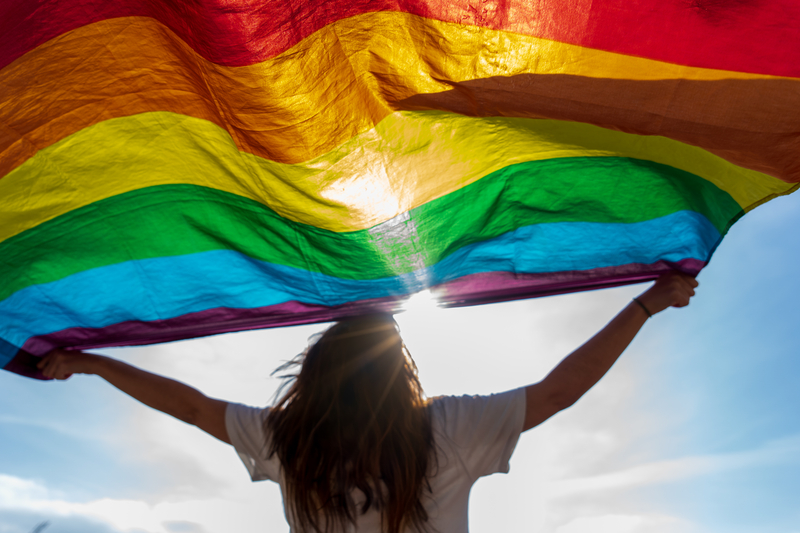The study “State of Hate: LGTBI+ State 2025” documents a worrying increase in aggression against LGTBI+ people in Spain, rising from 6.8% to 16.3%. This would affect approximately 812,000 people by 2025.
According to the report, 42.5% of LGTBI+ people in Spain, or nearly 2.9 million people, were victims of hate crimes last year. This violence mainly takes the form of discrimination (25.3%), harassment (16.4%), and physical or verbal aggression (16.3%).
The LGTBI+ State Association warns that this systematic violence is far from decreasing but is perpetuated by new forms of discrimination fueled by hate speech, political polarization, and an inadequate institutional response.
The development of these indicators shows a clear upward trend: Analysis of the data reveals that certain factors increase vulnerability to such situations. In particular, people aged 25 to 34, transgender people, and people with low incomes are at significantly higher risk. Within the 25-34 age group, 23.8% have experienced physical or verbal violence, 35.6% reported discrimination, and 28.2% have been victims of harassment.
The figures are equally alarming for people with fewer economic resources: the rate of physical aggression is 24.5%, discrimination is 29.8%, and harassment is 21.1%.
Where Violence Occurs
The streets remain the main scene of this violence, where 26.7% of harassment and 35.3% of physical or verbal assaults take place. Schools (16.8% of harassment and 16.9% of aggression), the family environment (12.9% of harassment), the work environment (11.5% of harassment and 8.5% of aggression), leisure facilities (13.1% of aggression), and public transport (10% of aggression) also contribute to this worrying record.
The report also highlights significant differences between rural and urban areas. In cities with fewer than 10,000 inhabitants, the rate of harassment (26.4%) and physical or verbal violence (20.8%) is higher than in urban areas, where discrimination is also high at 29.1%, but lower than the 22.2% in rural areas.
The problem of underreporting
Despite the serious nature of the situation, the number of unreported cases remains a significant problem. 46.09% of victims do not contact the authorities, only 26.8% file a formal complaint, and 27.1% seek support from LGBTI+ organizations.
The main reasons for not reporting are the belief that “it won’t help anyway,” a “lack of evidence,” and the fear of not being taken seriously. Furthermore, one-third of those reporting aggression (33.3%) admit that the reporting process was just as traumatic as the original incident.
This institutional distrust is also reflected in the assessment of state security forces. Their participation among victims of aggression has fallen from 31.8% to 25.5%.
Paula Iglesias, president of the LGTBI+ National Association, warns: “These data not only highlight an unbearable reality, but also clearly demonstrate what is going wrong. Without the provision of resources, mandatory human rights training, and laws against hate speech, we will continue to suffer victims.”
The organization warns of the “alarming normalization of hate,” amplified by political discourses that legitimize symbolic violence and pave the way for physical violence. It calls for urgent action to reverse this worrying trend.




